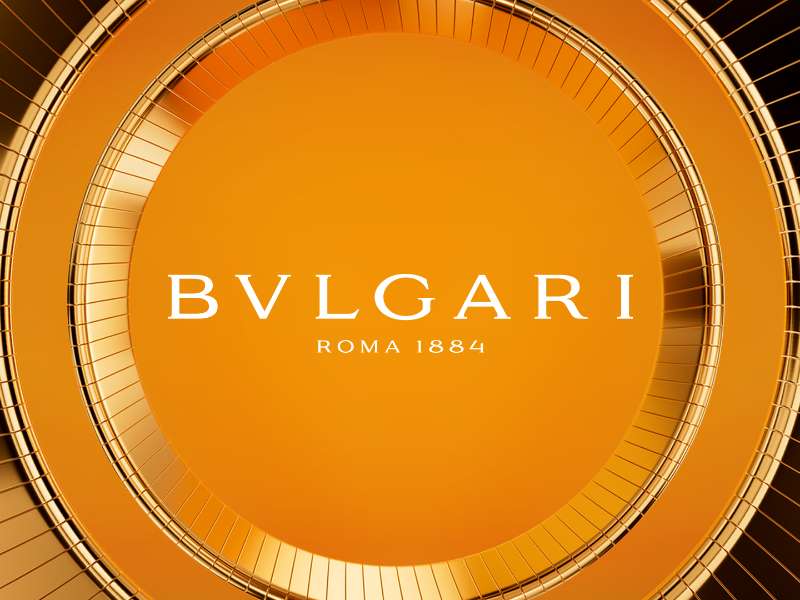
Bvlgari opens its new flagship store at Via Montenapoleone 2: a perfect fusion of Roman-inspired charm and Milan’s rich architectural heritage.
To coincide with the launch of the shop, the boutique will feature the Tubogas & Beyond presentation of pieces from the Bvlgari collection. Iconic jewels and watches will be on display, including the first ...